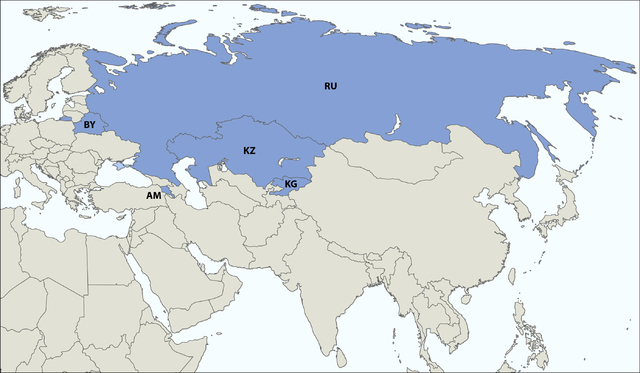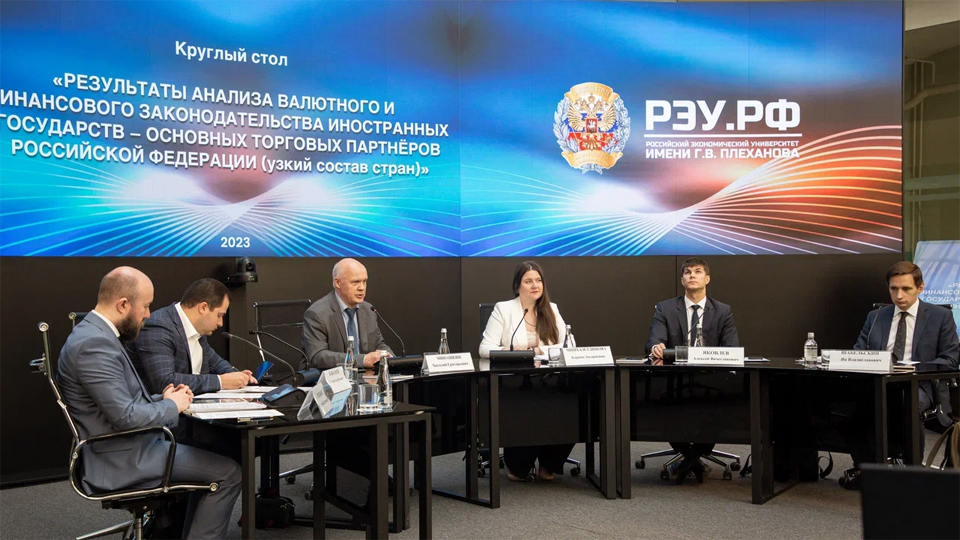Russian Business Leaders Talk Up Prospects of a BRICS Digital Fiat

Russian business leaders want to use “digital assets” and a “single digital currency” to trade with BRICS members and other “friendly” nations.
Experts in Brazil have previously claimed that a BRICS digital fiat could launch within the next five to 10 years.”
Per the media outlet Bankovskoye Obozrenie, members of the Russian Chamber of Commerce and Industry’s Council on Financial, Industrial, and Investment Policy have “repeatedly” discussed the matters.
Yulia Prikhodina, the Council’s Deputy Chair said experts and Chamber of Commerce members have “proposed” the possibility of using “digital financial assets (DFAs)” in international payments.
The Council, she said, has spoken about the use of DFAs “in the international payments space.”
It has also spoken about the possibility of “creating and adopting” a “single digital currency for use in cross-border payments” within the BRICS.
The Council also wants to use DFAs and/or a digital fiat to trade with the Commonwealth of Independent States (CIS) and the Eurasian Economic Union economic and political blocs.

Prikhodina said that using DFAs or a common digital currency, rather than foreign currencies like the USD, would help “ensure export-import transactions” are not disrupted in Russia.
This is particularly important as Western-led sanctions continue to target Russian trade, she claimed.
In Russian political circles, the term DFAs has been used interchangeably.
Sometimes it refers to assets like digitized commodities, CBDCs, and digital securities.
But in other instances, it refers to NFTs.
DFAs can also refer to cryptoassets and stablecoins like USDT and Bitcoin (BTC).
Recognizing the uncertainty this has caused, Prikhodina called for clarification in official terminology.
She said:
“The [nomenclature] causes some confusion, including among experts, since it is not clear which of these concepts are identical to each other. Is it even possible to talk about [differences] between Russian and foreign terminology [when Russian law does not make use of terms like “NFTs” etc.]? This problem needs to be solved.”

Russia Eyes Digital Financial Assets & Digital RUB-powered Trade
The Council recently struck a cooperation agreement with the Plekhanov Russian University of Economics.
The parties looked at a “global study” of CBDC-related regulations and legislation in “friendly countries.”
These include the likes of Belarus, Turkey, Kazakhstan, India, Iran, Mongolia, UAE, China, and Qatar.
Belarus has previously confirmed a willingness to align its CBDC plans with Moscow’s digital ruble project.
China, meanwhile, is moving its own CBDC interoperability efforts into the private sector as its digital yuan pilot continues.
Meanwhile, there are signs that parts of the Russian banking sector is coming round to the central bank’s CBDC plans.
Banking associations have been critical of the digital ruble project, claiming that bank customers are “wary” of the CBDC.
But per a Sinara Bank press release, the bank’s Retail Business Development chief Alexey Lutsenko said:
“There is a long road ahead and banks need to adapt to the new reality. They need to learn how to provide good service and earn money using the digital ruble. They also need to explain all the coin’s features and advantages to their clients.”



